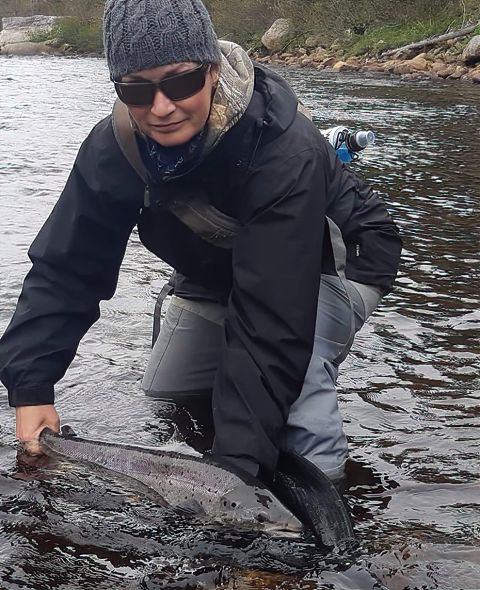
Subscribe & stay up-to-date with ASF

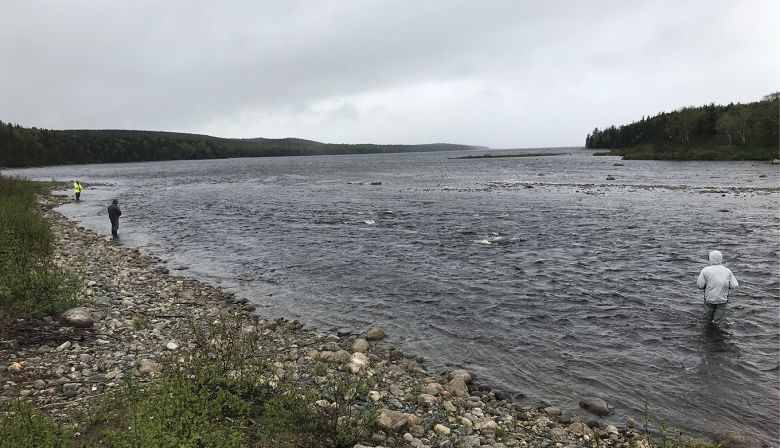
The Meduxnekeag River Association wrote on their Facebook page recently:
Last month a few trail users and anglers told us they had seen goldfish in the Meduxnekeag and one of the brooks on our preserves.
Because goldfish are an invasive species, we immediately contacted experts at the New Brunswick Invasive Species Council, and the relevant provincial and federal government departments.
As it turns out, the fish aren’t goldfish! They’re actually Rosy Red Minnows, a colour variant of the Fathead Minnow which are also found in the Meduxnekeag River.
Rosy Red Minnows are a common aquarium fish species that can carry disease and parasites that may harm other native fish species.

Among other examples in New Brunswick:
The International Union for Conservation of Nature (IUCN), the environmental component of the United Nations, notes scientific studies prove invasive species are, next to habitat destruction, the greatest cause of species extinction and population reduction. For native species already under stress, the introduction of invasive species has the potential for pushing them over the edge of extinction.
A 2016 study published in the journal Biological Letters, showed just how bad invasive species have been for habitats. https://pubmed.ncbi.nlm.nih.gov/26888913/
Wild Atlantic salmon are a charismatic species, but they need a healthy web of natural animals and plants to thrive.
Each and every invasive species is a disaster waiting to happen.

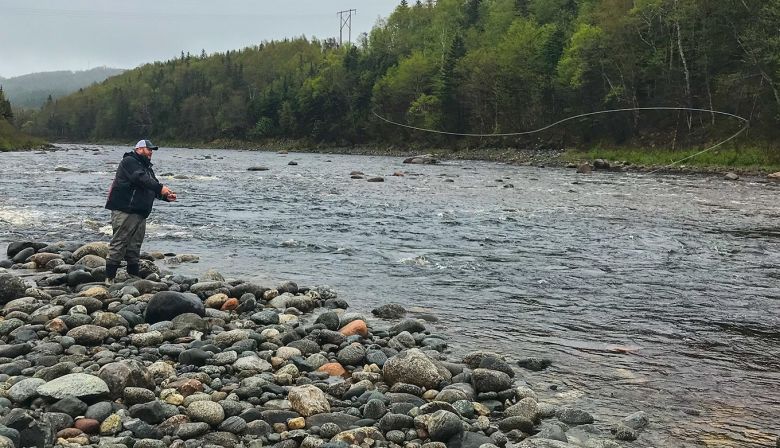
I drove out to Southwest River around noon today to get an update from anglers on the first day of the recreational salmon fishing season on the Island of Newfoundland.
Unfortunately, things got off to a very slow start.
While water levels and temperatures were great on Southwest, and we had a good shot of rain last night to freshen things up, very few fish were seen or hooked.
The morning broke with more rain and very strong winds. Based on the information I received from the anglers that I spoke to, Southwest Brook was blocked with anglers early in the morning, but anglers only connected with four salmon near the highway bridge, and these were hooked in tidal pool (two grilse and two larger salmon).
In some years on opening day 30 fish would be hooked in this section of river.
There were also two fish hooked on Bottom Brook at the runout from Bottom Brook Pond (a grilse and a larger salmon) hooked by Jonathan Tsang and Collin Murray.
Wayne Fitzpatrick told me he rose a fish at Cammie’s Pool early in the morning but didn’t see another fish all morning despite fishing several other pools.
I heard that there were a couple of large fish hooked at Codroy River in the morning, which is not surprising since Codroy usually produces a few fish every year on opening day.
Keith Piercey reported that he and Bob Mercer fished several pools on Fischelles River and several pools on Middle Barachois River over a four-hour period and didn’t see a fish.
I did not receive any reports from Robinson’s River or Crabbes River but Keith Piercey told me water levels were perfect when he passed by the rivers this morning.
Overall, while water levels and water temperatures were perfect on all rivers, reports indicate that very few fish were seen or hooked.
Remember that this is just a snap-shot from opening season’s first morning.
As you all know things can change around quickly over a few days so let us hope that things pick up over the next week or so.
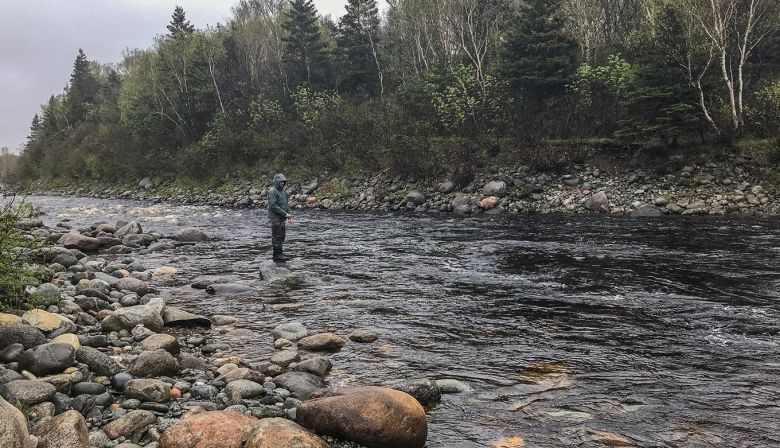

Québec – Échos des rivières
Le début de la saison de pêche sportive 2021 a débuté sur plusieurs rivières le 1er juin. Les niveaux d’eau sont généralement bons pour l’instant, mais demeurent bas pour le début juin. Les prévisions de la météo aux endroits stratégiques tels Amqui pour la rivière Matapédia, Murdochville pour les rivières de Gaspé et la région de Fermont pour certaines rivières de la côte nord sont à surveiller.
Rivière Causapscal
Cumulativement au 31 mai, la capture de 25 saumons a été déclarée dont 13 relâchés. D’après les données disponibles, il s’agit du meilleur succès de pêche pendant la période de mai depuis 2010.
Rivières de Gaspé
La montaison de grand saumon a bel et bien commencé sur la rivière York, dès le 25 mai il y a eu de l’action surtout dans les eaux de la York. La remise à l’eau obligatoire des grands saumons jusqu’au 31 juillet.

La pêche au Centre-Ville de Matane a débuté le 1er juin, c’est-à-dire le secteur en aval de la passe migratoire. Les pêcheurs pourront accéder aux secteurs en amont à partir du 15 juin. Si l’historique de la Matane vous intéresse, visiter le https://www.rivierematane.com/histoire-de-la-riviere.html
Rivière Moisie
Au 31 mai, l’Association de protection de la rivière Moisie (APRM) à partager le fait que 242 jours pêches ont été vendus jusqu’à ce jour. Dans la dernière semaine, le débit de la rivière est passé de 1 000 mètres cubes par seconde à 686 en date du 3 juin. Les gens de la Moisie m’ont souvent partagé le fait lorsque le débit approche la zone des 500 mètres cubes par seconde, « la pêche est productive ».

The 2021 angling season began on many rivers as of June 1st, to date signs point toward an early run of large fish. At present, water levels are good but low to very low for early June. There are few strategic areas where rain fall benefits different rivers, such as Murdochville for the York, Dartmouth and Saint-Jean rivers of Gaspé. Amqui, for the Matapedia and Fermont for certain North Shore rivers.
Causapscal River
Cumulatively on May 31st, 25 salmon have been reported landed including 13 released. Based on available data, this is the best May period since 2010. Angling started on June 1st last year due to the pandemic.
Gaspé Rivers
There are reports of good angling since the opening on May 25, especially on the York. Mandatory live release of large salmon is in effect until July 31st.

As of June 1st, “downtown angling” has begun in the sector below the fishway. Anglers will have access to the sectors above the fishway as of June 15th.
Moisie River
The APRM (Moisie River Protection Association) is reporting as of May 31st 242 rod days have been sold. During the last week the flow has dropped from 1,000 cubic meters per second to 686 cubic meters per second as of June 3rd.
My “Moisie” friends have told me on many occasions that angling is productive when the flow is in the 500 cubic meters per second zone.

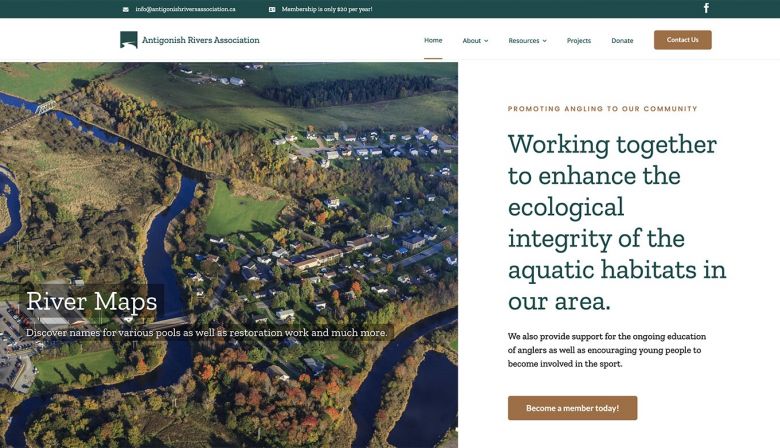
The big news in Nova Scotia this week is that residents are now free to travel within the province. That means many will soon be heading to the Margaree River.
Antigonish Rivers
Have a look through a brand new website for the Antigonish Rivers Association, including maps, river photos and information on their conservation projects.
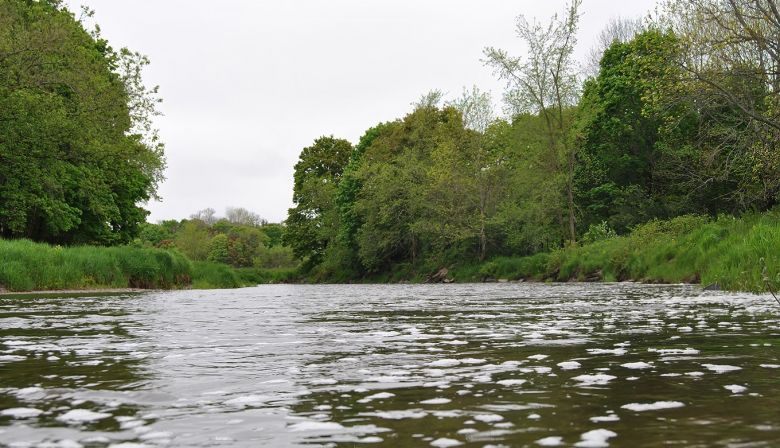
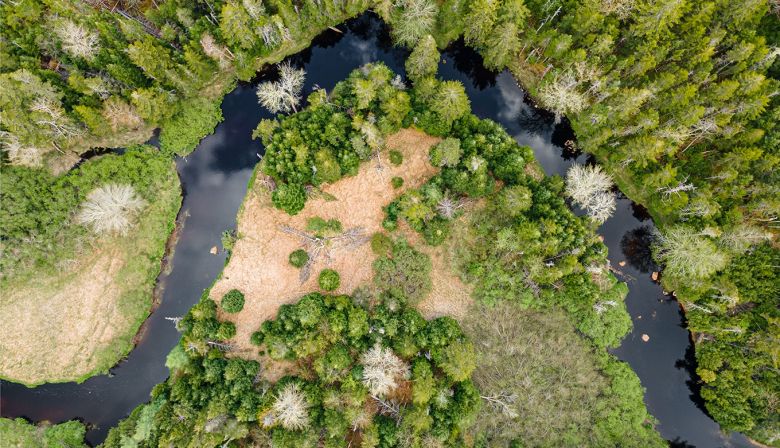
The Killag River, which is part of the West River Sheet Harbour, is in the photo above. NSSA has done a lot of good work on this river, including installing a lime doser in 2016.
This spring has been relatively dry in Nova Scotia, with consistent water levels. Rivers are fishable right now, but anglers will be counting on more spring rains to bring fresh fish into the systems.
Margaree River
Patrick Poirier, a Director of the Margaree Salmon Association says:
The 2021 Atlantic Salmon season has started in Nova Scotia. With pre-dawn showers, the season promises to be a good one. With a few pre-season hookups on fresh fish, and the forecast predictions of a season with more precipitation than previous years.
With travel restrictions now lifted, people will be anxiously waiting their turn on the pool. With respect and safety of the Atlantic salmon, please keep them wet.
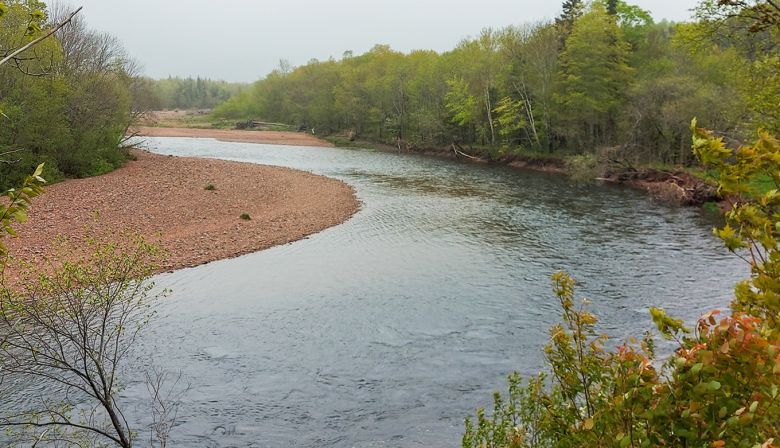
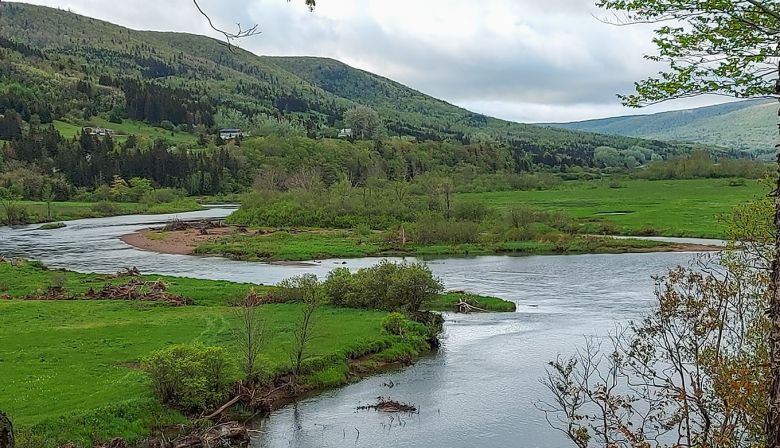

Penobscot
The early run of salmon at Milford Fishlift looked very promising a couple of weeks ago, but since then the numbers have dropped. However, in the last few days the numbers have come up again, so let us all hope for more of that.
Kennebec
Maranda Nemeth, ASF’s Director of the Maine Headwaters Project, was surveying Kennebec River headwater streams on Wednesday. Water levels are definitely low there.
She noted on Thursday, June 3 that there were two large salmon reported in the Kennebec, that were trucked upstream to the Sandy River.
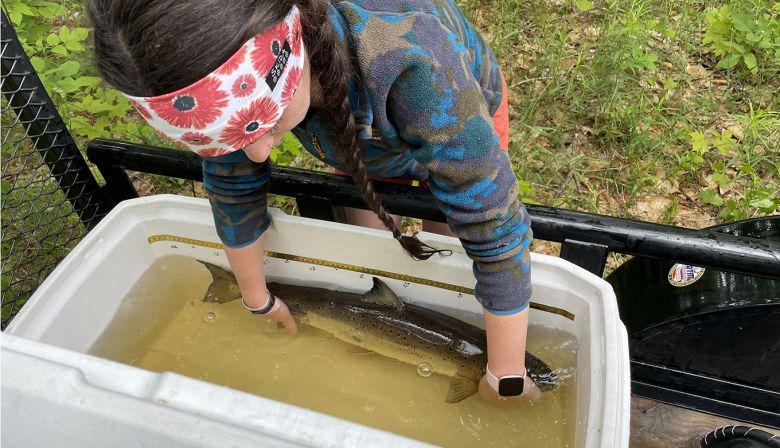
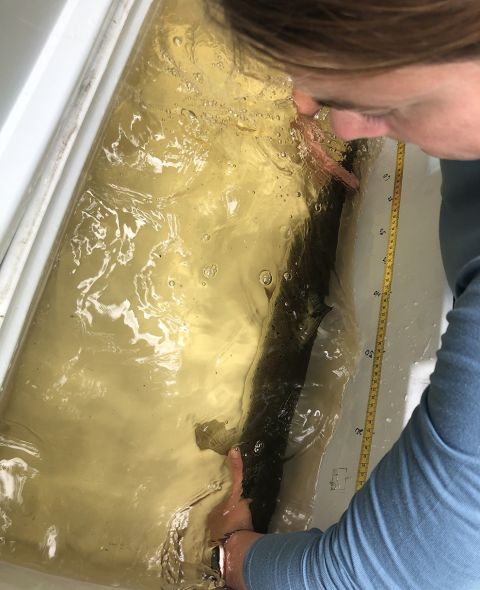
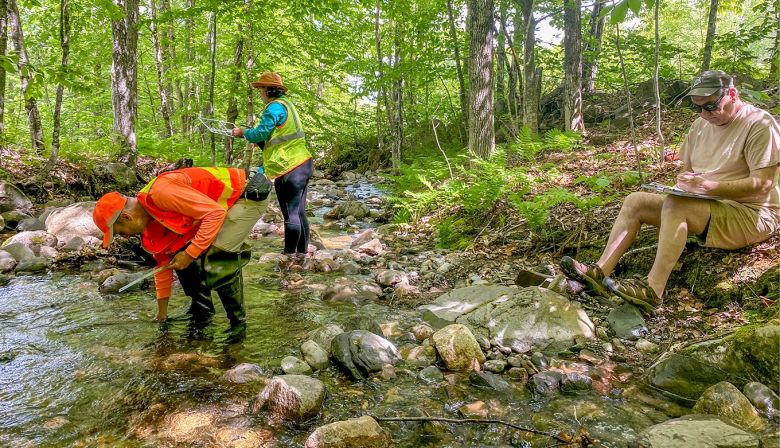
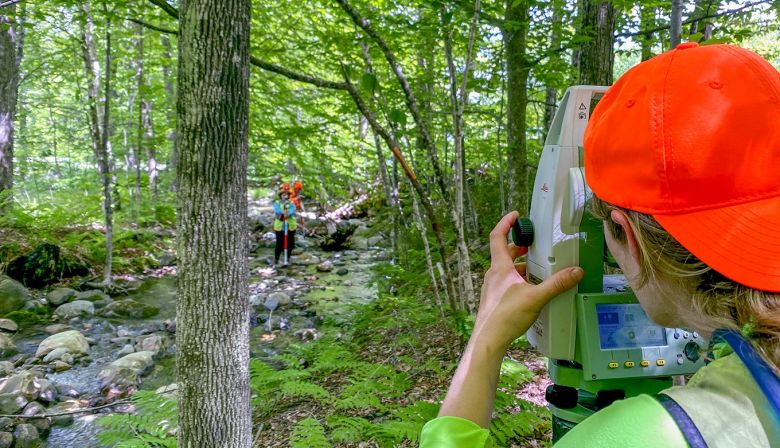
Narraguagus River
This Downeast River had its first two Atlantic salmon return on 27 May 2021. One was wild reared, the second had been stocked as smolt in 2019, according to Colby Bruchs, Fisheries Scientist with Maine Department of Marine Resources.